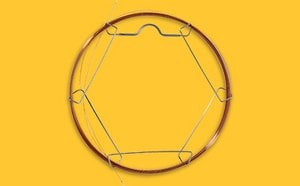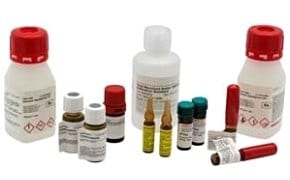Analytical Chemistry
Accurate sample separation, identification, and quantification relies on correct methods and up-to-date information. Our technical content library includes numerous articles that provide detailed instructions for isolating and quantifying specific analytes in a variety of matrices. Included among these are a number of protocols for the performance of regulatory methods.
Sign In To Continue
To continue reading please sign in or create an account.
Don't Have An Account?









